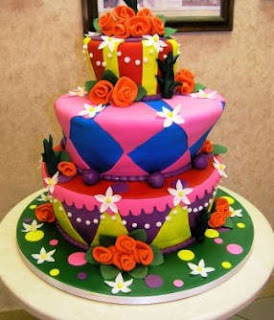 |
| Bernard Boutet de Monvel "Yeshwant Rao Holkar II of Indore in Western Dress" 1929 |
The label mentioned that the painting was portraying the increase of European influence towards the Indian. One of the major influences was luxury, which is very well displayed in this portrait. Looking at this painting you can immediately say its portraying luxury. Knowing the history behind the portrait you begin to see more things from the painting, such as the man and his body language demonstrating superiority and the expensive furniture.
While looking at this painting I noticed that it does not have much COLOR. Most of the portrait was painted in BLACK or WHITE, which according to Schirrmacher and Fox (2009) that would be called neutral! “NEUTRAL refers to pigments that do not have a particular color. Black and white are considered neutrals” (Schirrmacher & Fox, 2009, p. 137). I also noticed how clean the painting looks and the artists' use of lines when drawing the outfit of the man as well as the furniture. According to Schirrmacher and Fox (2009), a line "is a visible mark made by an artistic tool, artists produce lines to represent edges" (Schirrmacher & Fox, 2009, p. 135).
When reading about the artist, Bernard Boutet de Monvel was a French artist who was known creating portraits of pale colors and his use of lines, which shows in this portrait.
I really enjoyed going to the Art Gallery of Ontario. I saw amazing artwork and learned a lot about the history behind them! For my future teachings, I would definitely consider bringing my class to an art gallery to hear their thoughts towards a painting. This could benefit children in many ways. They can express their thoughts towards the painting, enhancing communication or see if they can identify the emotion of the painting, which also helps us as teachers to see their emotional intelligence. Also the fact that children can get a historical background of the painting and simply learning about art in general.
I really enjoyed going to the Art Gallery of Ontario. I saw amazing artwork and learned a lot about the history behind them! For my future teachings, I would definitely consider bringing my class to an art gallery to hear their thoughts towards a painting. This could benefit children in many ways. They can express their thoughts towards the painting, enhancing communication or see if they can identify the emotion of the painting, which also helps us as teachers to see their emotional intelligence. Also the fact that children can get a historical background of the painting and simply learning about art in general.
Reference:
Schirrmacher, R., & Fox, J.E. (2009). Art and creative development for young children (6th Ed.). Belmont, CA: Delmar.





